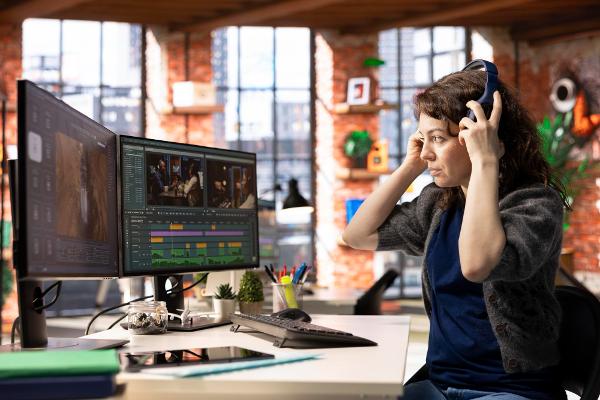Top Skills Every Aspiring VFX Artist Needs in 2025

New Zealand’s visual effects (VFX) sector continues to expand, fuelled by global demand for high-quality content across film, television, streaming, gaming, and advertising. As the industry evolves, studios are looking for artists who can blend strong artistic fundamentals with modern, tech-driven capabilities.
Here are the key skills VFX newcomers need in 2025 to stay competitive in New Zealand’s fast-growing digital production landscape.
1. Strong Artistic Foundations
Despite rapid advances in software, traditional art skills remain essential. Understanding lighting, colour, composition, and perspective continues to underpin effective VFX work.
2. Proficiency With Industry-Standard Tools
Studios may expect familiarity with tools like Nuke, Houdini, Maya/Blender, After Effects, and Photoshop. While specialisation is common, having a broad understanding of the VFX pipeline improves employability.
3. Real-Time Engine Knowledge
Virtual production and real-time workflows are now embedded in modern pipelines. Skills in Unreal Engine or Unity can help artists contribute to previs, LED volume shoots, and real-time environment creation, areas growing rapidly across New Zealand studios.
4. AI-Assisted Workflow Skills
AI tools now support everything from rotoscoping to texture generation. Artists who understand how to integrate AI into their workflow without relying on it creatively are at a clear advantage.
5. Ability to Achieve Photorealism
Whether for feature films or brand campaigns, audiences expect seamless visuals. This requires strong skills in:
- lighting accuracy
- material realism
- matchmoving
- subtle compositing
- correct grain/noise integration
Even minor inconsistencies can break the illusion.
6. Technical Curiosity
VFX production is full of technical challenges. The best artists are natural problem-solvers who explore new methods, troubleshoot independently, and adapt quickly to shifting technology.
7. Communication and Teamwork
VFX is highly collaborative. In New Zealand’s close-knit industry, it’s common for artists to move between studios or freelance across multiple projects. Recent examples, such as senior talent joining Auckland-based boutique VFX studios like Cause and FX, reflect how shared knowledge and mobility strengthen the sector overall.
8. Adaptability
Tools, workflows, and expectations change quickly. Artists entering the field in 2025 need a growth mindset and the ability to learn new techniques as the industry evolves.
9. A Professional Portfolio
A strong reel remains the most important asset for new artists. Studios are increasingly looking for original work, breakdowns, and projects that demonstrate both creativity and technical ability.
The Outlook for 2025
New Zealand’s VFX capabilities continue to attract global attention, creating new opportunities for emerging artists. With the right combination of artistic skill, technical knowledge, and adaptability, aspiring VFX professionals can step confidently into one of the country’s most dynamic creative industries.
